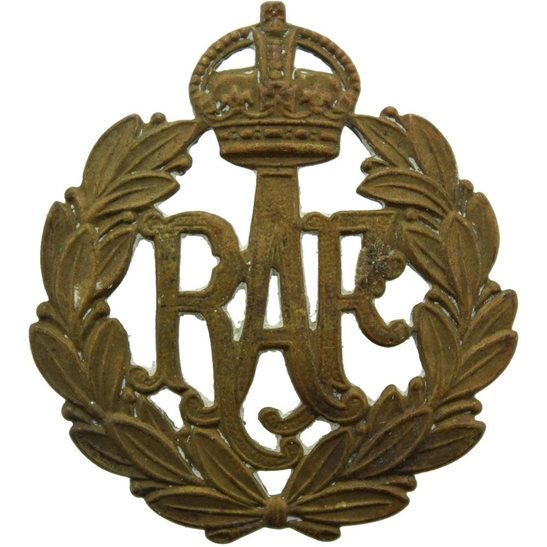Personal Details
Born: 12 June 1875 in Stockport, Lancashire
Family: Second of eight children born to Edward and Annie. He married Margaret Crewe on 12 December 1900 at Leigh in Lancashire. Together they had 6 children Harry, John Norville, Charles, Frank Clifford, Frederick W and Gladys.
Residence: In 1881 Henry and family were living in Prescot, Lancashire. By 1891 they had moved to New Street, Whitchurch, Shropshire. Ten years later he was living in Smallbrook Buildings, Whitchurch, Shropshire with his wife and her parents. In 1939 Henry and Margaret were still residing in Smallbrook Buildings, their daughter Gladys living at home with them.
Employment: In 1891 Edward was working as a groom’s errand boy. By 1901 his occupation was that of gardener, a job he continued doing for the next fifteen years until enlistment. After demobilisation it appears he continued in this line of work for in 1939 he is listed as a market gardener.
Died: In 1940 aged 65 and was buried at Whitchurch cemetery on 23 November 1940.
Military Details
Regiment: Royal Air Force (previously Army Service Corps)
Rank: Private
Service Number: 267068 (previously M/30288)
Date of Enlistment: 11 July 1918
Date of Discharge: Transferred to RAF Reserve 8 Feb 1919 & deemed Discharged 30 Apr 1920
Reason for Discharge: Not given
Other Information: According to 1919 absent voters list Henry’s service number is that of the Army Service Corps as recorded above
Henry was awarded the Campaign Medals (British War Medal, and Victory Medal).

The British War Medal (also known as 'Squeak') was a silver or bronze medal awarded to officers and men of the British and Imperial Forces who either entered a theatre of war or entered service overseas between 5th August 1914 and 11th November 1918 inclusive. This was later extended to services in Russia, Siberia and some other areas in 1919 and 1920. Approximately 6.5 million British War Medals were issued. Approximately 6.4 million of these were the silver versions of this medal. Around 110,000 of a bronze version were issued mainly to Chinese, Maltese and Indian Labour Corps. The front (obv or obverse) of the medal depicts the head of George V. The recipient's service number, rank, name and unit was impressed on the rim.
The Allied Victory Medal (also known as 'Wilfred') was issued by each of the allies. It was decided that each of the allies should each issue their own bronze victory medal with a similar design, similar equivalent wording and identical ribbon. The British medal was designed by W. McMillan. The front depicts a winged classical figure representing victory. Approximately 5.7 million victory medals were issued. Interestingly, eligibility for this medal was more restrictive and not everyone who received the British War Medal ('Squeak') also received the Victory Medal ('Wilfred'). However, in general, all recipients of 'Wilfred' also received 'Squeak' and all recipients of The 1914 Star or The 1914/1915 Star (also known as 'Pip') also received both 'Squeak' and 'Wilfred'. The recipient's service number, rank, name and unit was impressed on the rim.

